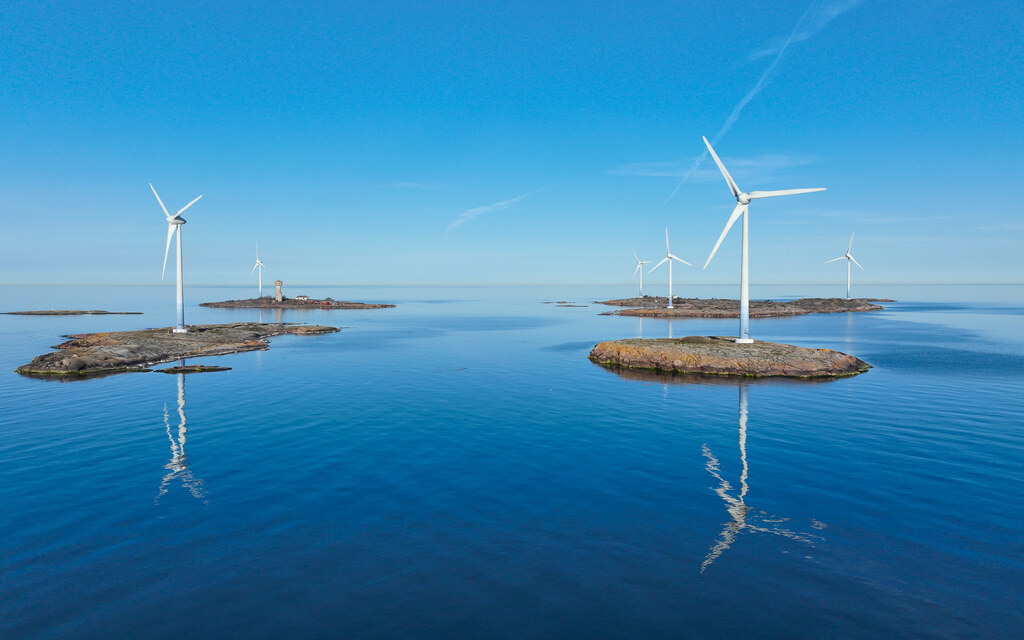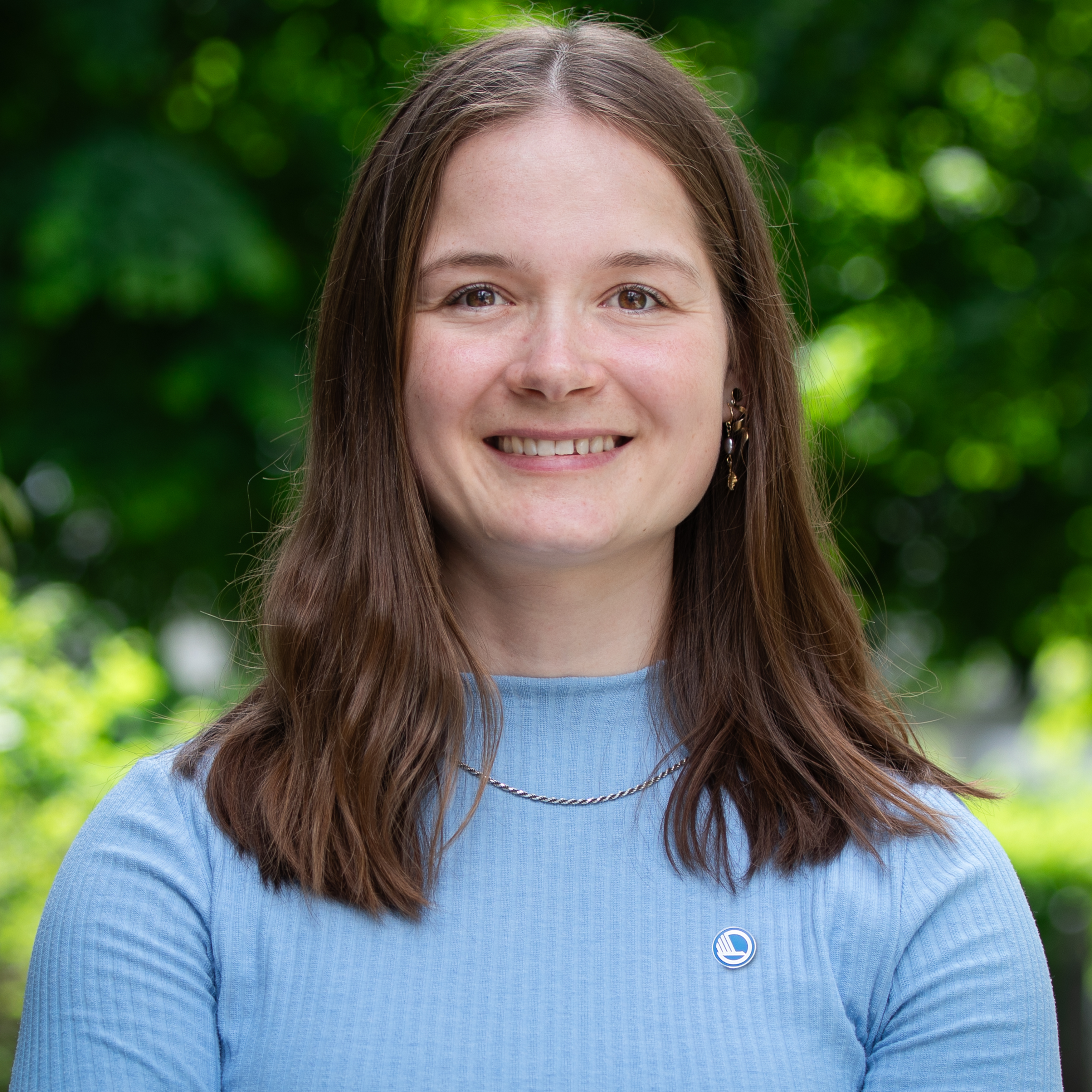
Åland – a small society with high climate ambitions
The inaccessibility of islands gives rise to energy challenges that need distinct strategies for becoming CO2-neutral. Due to the isolated and remote character of islands, they are confronted by particular…
The inaccessibility of islands gives rise to energy challenges that need distinct strategies for becoming CO2-neutral. Due to the isolated and remote character of islands, they are confronted by particular barriers to implementing green energy solutions. In this regard, Nordic islands and remote areas have come a long way in their research and technology, gaining necessary prerequisites to lead by example for the rest of the world.
One of the Nordic islands playing an important role in advancing green energy initiatives for places that are isolated or distant is Åland. In 2014, the Parliament of Åland, Ålands lagting, undertook a joint effort to make Åland a sustainable society by 2051. In 2022, their Development and Sustainability Council decided that Åland should be climate neutral by 2035 at the latest. How has the approach towards this goal progressed, and how do they proceed from here?
To gain further insight into Åland’s work for a green energy transition, Nordic Energy Research talked to Yvonne Österlund, Senior Engineer at the Department of Infrastructure, Government of Åland. Österlund is also an Ålandic representative in the Net Zero Islands Network – a network for actors working for sustainable energy solutions for islands and remote areas, funded by the Nordic Council of Ministers.

Yvonne Österlund, Senior Engineer at the Department of Infrastructure, Government of Åland.
Strategic development goals
According to Österlund, the plan to achieve climate neutrality by 2035 derives from the Development and Sustainabilty Agenda for Åland, with its seven strategic development goals manifested in 2016.
“In 2014 we were the leading renewable energy producing region in Finland, but this agenda was the trigger for a wider scope of the green energy transition in Åland,” says Österlund.
The development goals are:
- Well-being
- Trust and participation
- Clean water quality
- Biodiversity
- Attractiveness
- Significantly reduced climate impact
- Sustainable consumption and production
The goals are also divided into sub-goals. For example, the sixth goal, Significantly reduced climate impact, has the following sub-goals to be reached by 2030:
- 80% lower total CO2 emissions (excluding all shipping except the archipelago ferries) compared to 2005
- 50% lower greenhouse gas emissions from road traffic compared to 2005
- 100% of electricity use comes from fossil-free energy sources
- No fossil heating of buildings
Each of Åland’s strategic goals also includes roadmaps setting out activities to ensure sustainable development. The roadmaps have indicators showing the progress towards the sub-goals and are closely monitored in status reports. Based on these indicators, how has Åland progressed in their pursuit of carbon neutrality?
“In 2022, the estimated CO2 emissions in Åland were 183.4 kilograms of CO2 equivalents, according to the Finnish Environment Institute’s calculations. This is a 35–40% reduction since 2005. The percentage of locally produced fossil-free electricity was 55.5% in 2023, including solar, wind, and bioenergy, following an addition of ten new wind turbines in 2022 that increased the wind power production to 180 GWh/year. Also, the local subsidy for installing solar energy and changing heating system in houses has been popular and helped the development,” says Österlund.
A different position compared to other islands
Åland’s developments have in part been possible because of the region’s different position compared to many other islands.
“The Government of Åland has its own legislative power and owns the waters around Åland as well as most of the passenger ferries used in the archipelago. The measures are in our own hands. Electrification of the transport sector and greater access to renewable electricity is supported by grant systems from the government, making these measures move in the right direction,” says Österlund.
Furthermore, the current parliament aims to buy one or two green ferries before the end of their period in order to push the progress towards a green fleet forward. The cost of renewing the whole fleet is however considerable and will not be obtained within the timeframe set to 2030, but perhaps to 2050. The prerequisite for a CO2-neutral archipelago traffic is a local electricity grid with sufficient capacity, as well as access to alternative fuels.

Wind power at Båtskär, in the southern archipelago of Åland. Åland has a consumption of 300 GWh/year and production of 62 MW–180 GWh/year of onshore wind power, 12 GW–12 GWh/year of solar power and 2 MW–3 GWh/year of bioenergy.
A local electricity grid with sufficient capacity is important to Åland for another reason too. Although Åland is well connected in comparison to other islands, with a 100 kV cable of 80 MW importing the extra electricity needed from Sweden and a back-up HVDC cable of 100 MW and a smaller 45 kV cable to Finland, Åland needs electrcity grids of larger capacity to prepare for the future offshore wind development.
“Our yearly production from wind power alone is 62 MW, but the grid capacity for export is only 40 MW. That is much less than our surplus on windy days. Therefore, we hope that new electricity grids, and perhaps also hydrogen production and grids, will connect to Åland, making us an energy hub in the middle of the Baltic Sea,” says Österlund.
One ongoing offshore wind project in Åland is the Sunnanvind Project, where the government is developing procurement and auction models that take Åland’s interests into account. The government is also preparing for a potential hydrogen legislation and infrastructure.
What makes the bumblebee fly
Åland’s green initiatives are complex questions even for nations, and a challenge for a small society like Åland. Within the developments, opportunities arise – but how can Åland get the most out of the huge investments present and minimise potential negative effects?
“It’s crucial, being a small society, that we in our daily work use an action-based approach. Combined with an engaged workforce this is what makes this bumblebee fly, especially since we joined EU,” says Österlund. “With that being said, and even though the work is balancing on the edge of being too heavy in its organisation, the best example of a success story on a larger scale in Åland the last years is the sustainability work. It gives a structured framework to involve the whole society and make room for tackling challenges that might not have gotten attention otherwise. With the vision that everyone can flourish on the islands of peace, we cover all areas of our society with a clear focus. In the voluntary review we sent to the UN in June 2024 we describe the work, its effects on the society, and its challenges.”

The Development and Sustainability Agenda for Åland, with seven strategic development goals and the vision that Everyone Can Flourish on the Islands of Peace. Read the review report here.
The Net Zero Islands Network
A key element in promoting green energy solutions for islands and remote areas is the Net Zero Islands Network. The purpose of the network is, e.g., to let the islands and isolated areas share knowledge, increase job opportunities, and investigate CO2-negative possibilities. So far, there have been four meetings with the network – the most recent one in Åland. What has Österlund gained from participating in the network, and what does she hope to achieve with the network in the future?
“In a small self-governed society of 30 000 inhabitants, time and resources are scarce. All shortcuts to relevant and hands-on information are crucial for an effective progress. It is difficult to find time to monitor developments outside our region, which is why fresh input from networks such as the Net Zero Islands Network is so valuable. It is eye-opening and inspiring to hear how other islands have handled their challenges and what they have learned along the way, so that we can borrow good initiatives and perhaps avoid mistakes already made,” says Österlund.
She also emphasises the network’s potential to explore the issues of offshore wind power and shipping.
“How will offshore wind development affect our societies? How does it affect our tourism industry? We are small alone, but together we can find the resources for the investigations that provide answers to our concerns, show the effects of the investments and what measures we need to take for the best outcome. Perhaps the network can be an entry point to this?”
On the topic of shipping, Österlund sees great opportunity to share answers to a question in common.
“As islands, we have many similarities. One is that we are all dependent on shipping, both for transport and as an industry. In Åland, both the shipping industry and the government have challenges in converting to fossil-free tonnage. Next time, when we meet in Iceland, it will be interesting to hear how other islands are working on the green transition of the shipping industry.”

